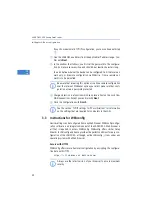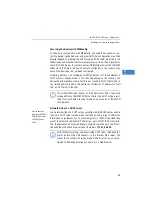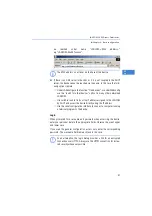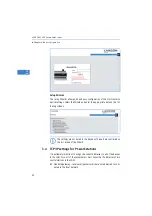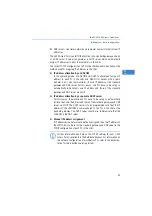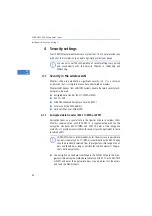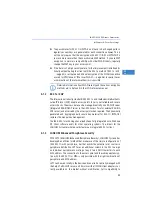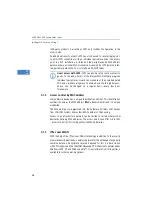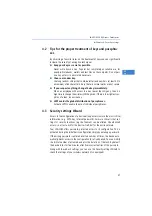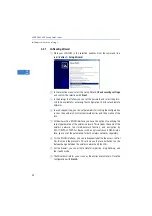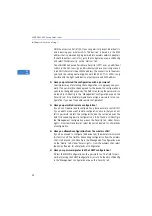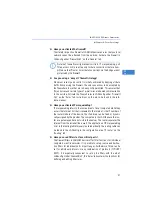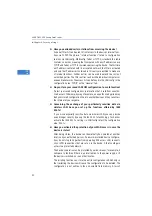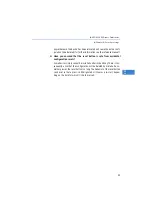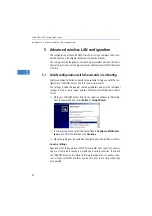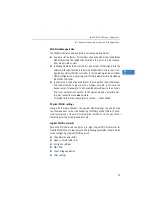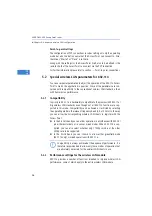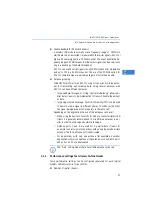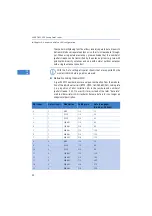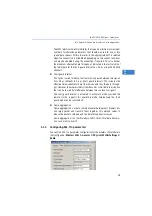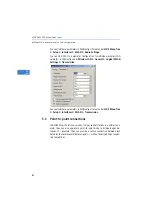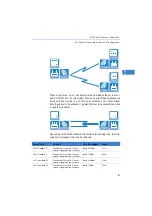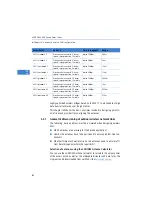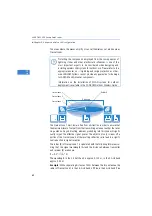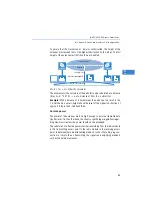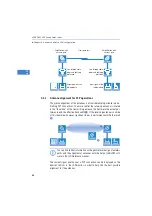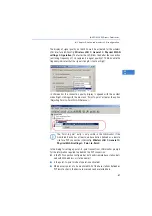
LANCOM L
-
300 Access Point series
Chapter 4: Security settings
52
EN
Have you excluded certain stations from accessing the device?
A special filter list can be used to limit access to the device's internal func-
tions via TCP/IP. The phrase "internal functions" refers to configuration
sessions via LANconfig, WEBconfig, Telnet or TFTP. As standard this table
contains no entries, meaning that computers with any IP address can use
TCP/IP and Telnet or TFTP to commence accessing the device. The first time
an IP address is entered with its associated netmask, the filter is activated
and only the IP addresses contained in this entry are entitled to make use
of internal functions. Further entries can be used to extend the circle of
authorized parties. The filter entries can describe individual computers or
even entire networks. The access list can be found in the LANconfig in the
configuration area 'TCP/IP' on the 'General' tab.
Do you store your saved LANCOM configuration to a safe location?
Protect your saved configurations in a location that is safe from unautho-
rized access. Otherwise, byway of example, an unauthorized person may
load your stored configuration file into another device and they can access
the Internet at your expense.
Concerning the exchange of your particularly sensitive data via
wireless LAN; have you set up the functions offered by IEEE
802.1x?
If you move especially sensitive data via wireless LAN you can provide
even stronger security by using the IEEE 802.1x technology. To check or
activate the IEEE 802.1x settings in LANconfig select the configuration
area '802.1x'.
Have you activated the protection of your WAN access in case the
device is stolen?
After being stolen, the device can theoretically be operated at another
location by unauthorized persons. Password-protected device configura-
tions do not stop third parties from operating RAS access, LAN connecti-
vity or VPN connections that are set up in the device: A thief could gain
access to a protected network.
The device’s operation can be protected by various means; for example, it
will cease to function if there is an interruption to the power supply, or if
the device is switched on in another location.
The scripting function can store the entire configuration in RAM only so
that restarting the device will cause the configuration to be deleted. The
configuration is not written to the non-volatile flash memory. A loss of

